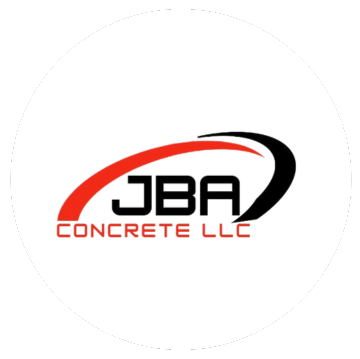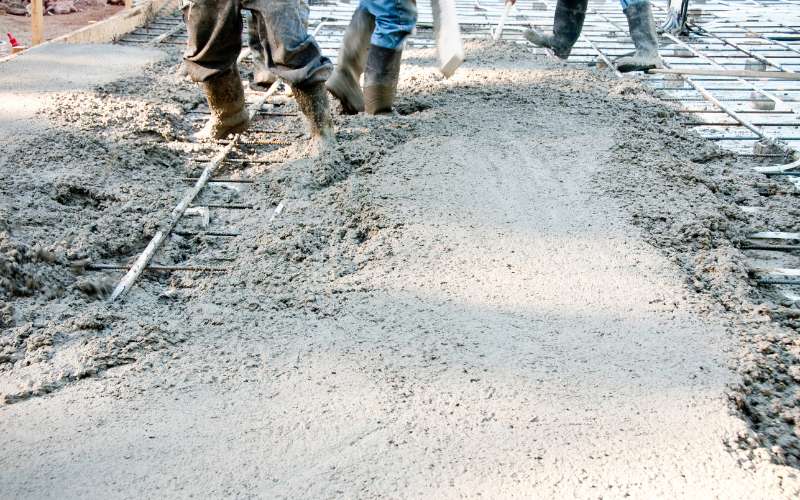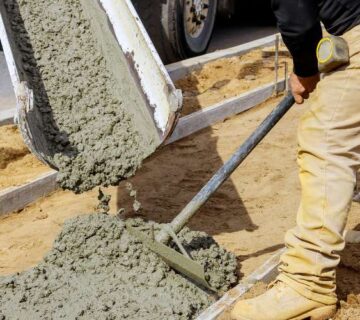Preparing your site for a concrete pour is crucial to ensuring a successful project. Have you ever wondered why some projects seem to flow smoothly from start to finish? It’s all in the preparation. By following top tips for preparing your site, you can avoid common pitfalls and set the stage for a flawless execution. This post will guide you through the essential steps, helping you save time and money while achieving the best results. Whether you’re a seasoned contractor or tackling a DIY project, these insights will prove invaluable.
Essential Steps to Effectively Prepare Your Site for a Concrete Pour
1) Assess the Site Conditions
Before you begin any work, thoroughly assess the site conditions. This includes checking for any underground utilities, evaluating soil stability, and understanding the topography. Such evaluations are vital to anticipate challenges that may arise during the pouring process.
2) Secure the Necessary Permits
Securing the right permits is not just about compliance; it’s about safety and coordination with local authorities. Ensure you have all the necessary permissions before moving forward, which will streamline the entire process and avoid legal pitfalls.
3) Prepare the Subgrade
The subgrade, or the soil beneath your pour, must be compacted and leveled. This foundation supports the concrete and determines its longevity and durability. Remove any debris, organic material, or large rocks that could interfere with the compaction.
4) Create a Strong Formwork
Formwork acts as a mold for the concrete. It should be sturdy and well-constructed to hold the concrete in place as it cures. Ensure it’s watertight to prevent the concrete from leaking, which could lead to weak spots.
5) Install Proper Reinforcement
Reinforcement, like rebar or wire mesh, is essential for adding strength to the concrete, especially in areas prone to high traffic or heavy loads. Properly positioning and securing the reinforcement will ensure uniform support throughout the concrete structure.
6) Plan for Water Management
Water management is critical, especially in areas with high groundwater levels or prone to heavy rains. Installing drainage solutions before pouring can prevent water from undermining the concrete, ensuring a stable and durable slab.
7) Check Weather Conditions
The weather can significantly impact the quality of your concrete pour. Ideal conditions are dry and mild. If inclement weather is forecasted, consider rescheduling or taking precautions to protect the pour.
8) Arrange for Proper Concrete Delivery
Timing and logistics of concrete delivery are crucial. The concrete should arrive fresh and be ready to pour immediately to prevent premature setting. Coordinate with your supplier to ensure a smooth delivery process.
Each of these steps is designed to ensure that your concrete pour goes as planned. By following these guidelines, you can improve the quality and durability of your project, ensuring that it stands the test of time.
Wrap Up Your Project with Confidence
Ensuring a well-prepared site sets the stage for excellent concrete work. Ready to take your project to the next level? Contact us today for expert guidance and support that guarantees superior results. Let’s pour success into your foundation!





No comment